On Thursday, May 23rd, 2002, Ireland suffered a crippling blow to its World Cup hopes when captain and hero Roy Keane was sent home from Saipan.
An instrumental figure in Ireland’s unlikely World Cup qualification from a group containing both Holland and Portugal, what made Keane’s departure all the more difficult to swallow was the fact that it was entirely avoidable.
The Manchester United captain wasn’t being sent home because of injury, illness or any personal issue – he was sent home for being Roy Keane.
Keane made his reputation as a hard-tackling, no-nonsense midfielder. It was a persona that went beyond the game itself, manifesting itself in the words and actions of arguably Ireland’s only undoubtedly world-class player at the time.
This was a man who regularly called out Manchester United teammates and fans in public – his mockery of Old Trafford’s prawn sandwich brigade of “corporate spectators” was legendary.
But Keane picked the wrong man to fight in the build-up to the finals when he launched into an infamous tirade against the Republic of Ireland manager, Mick McCarthy.
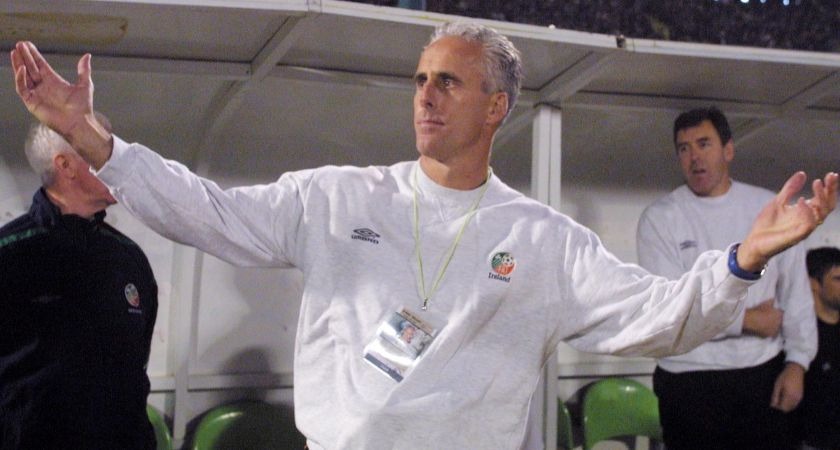
For McCarthy, it left him with little choice – Keane had given him both barrels and letting him off the hook would have undermined the respect and authority he had worked so hard to build after unexpectedly replacing Sir Jack Charlton as Ireland boss.
But while Keane was undoubtedly in the wrong for his comments, McCarthy could have done more to deal with the situation and the man at the centre of the media storm before, and even, after it erupted on the Pacific island of Saipan.
Ireland had defied the odds to get that far, qualifying ahead of a Dutch team that had reached the last four of the previous World Cup. They had also traversed a tricky two-leg play-off against an Iran side that had put Terry Venables’ heavily-fancied Australia team to the sword at the same stage four years earlier.
Keane and McCarthy were both instrumental in this, but the pair never enjoyed the best of relationships, instead keeping things professional and focused on the task at hand. Maybe that was why Keane reacted so angrily to the setup when the Ireland team arrived on Saipan – to him, it wasn’t all that professional.
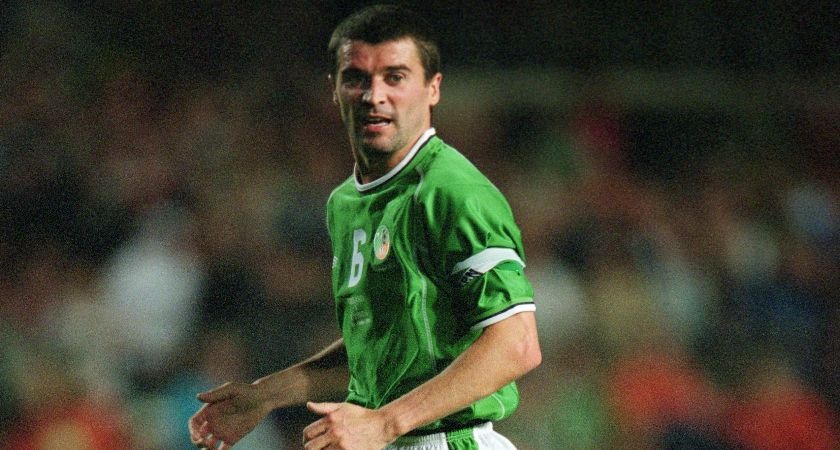
From the off, Keane, who was used to certain standards at Manchester United, appeared angry and irritated by his country’s World Cup preparations.
He was angry about the travel arrangements, irritated at the training facilities and annoyed by the overly relaxed atmosphere among a 23-man squad he felt had the potential to go far in the tournament. Not just far, in fact – Keane had already told Sir Alex Ferguson he was there to “win it”.
Things started badly with the flights to Saipan, which saw the players sit in second class while FAI officials were up in first.
Once there, Keane soon clashed with Irish goalkeeper coach Packie Bonner about the training facilities, describing the pitch as something akin to “a car park”.
He would also later point to concerns over the food on offer, recalling one incident in his autobiography where Irish players were given cheese sandwiches to eat before a qualifier.
The day before his showdown with McCarthy, Keane had already begun to contemplate quitting the squad altogether, only for a phone call from Ferguson to change his mind.
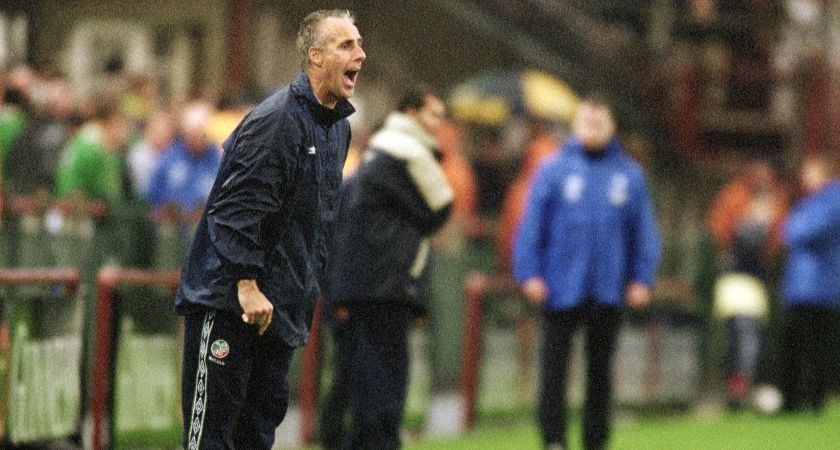
Even so, Keane had already decided to retire from international football once the tournament finished and had no qualms about telling the Irish Times and RTE exactly why in an interview later that day.
When Keane’s comments went public, McCarthy made his first error, calling the whole squad together for “clear the air” talks. A better move might have been to speak to Keane one-on-one about the interview, allowing the Irish captain to save face and air his grievances privately rather than in public.
McCarthy could have even used the meeting to remind Keane the Saipan excursion was meant as a period of relative rest after a busy season, rather than a full-on training camp. He could have made concessions about the food and facilities to help better manage his star man.
In any case, McCarthy opted for the public showdown and surely lived to regret it. In front of the entire squad, McCarthy held up a copy of the Irish Times, featuring Keane’s interview slamming their preparations and asked simply “What’s this all about?” That was enough to light the touch paper.
A row erupted, with both men firing back and forth. But things only reached the nadir when McCarthy accused Keane of faking an injury in the second leg of the Iran play-off.
It was then that Keane unleashed his infamous tirade against McCarthy:
"Mick, you're a liar … you're a fucking wanker. I didn't rate you as a player, I don't rate you as a manager, and I don't rate you as a person. You're a fucking wanker and you can stick your World Cup up your arse. The only reason I have any dealings with you is that somehow you are the manager of my country! You can stick it up your bollocks.”
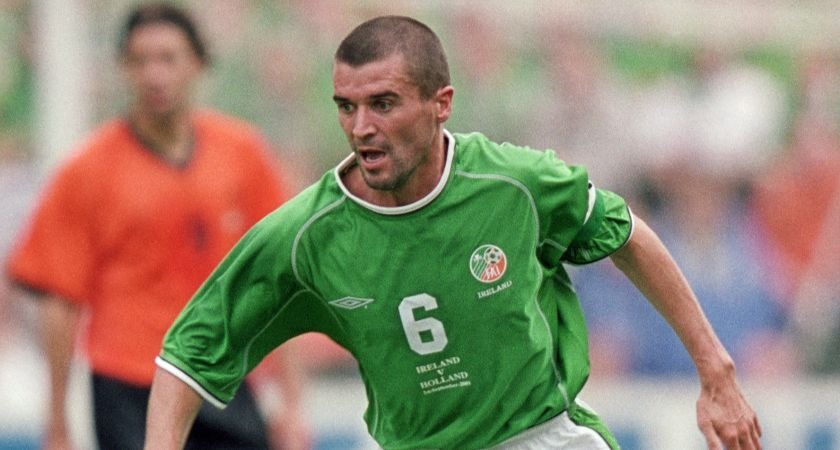
The rant divided the squad. Keane later claimed players like Gary Breen and David Connolly visited him privately, backing his accusations. Unfortunately, senior pros like Steve Staunton and Niall Quinn sided with the manager.
Quinn later wrote in his own book that Keane "left us in Saipan, not the other way round. And he punished himself more than any of us by not coming back."
Could McCarthy have swallowed his pride? Put the entire incident down to the midfielder’s fiery temper and desire to win? Given Keane’s volatile nature, similar incidents are surely likely to have occurred under Ferguson at United, who valued the Irishman’s contribution on the pitch immensely, to the point where he allowed the Irishman free rein to captain his side.
McCarthy could see no way back though, despite the obvious loss to the national side. "As a player, Roy Keane's a fantastic player, but as a squad member, I'm not prepared to put up with that kind of abuse," he said.
On one level he was correct – few managers should have to put up with a tirade like that. But few players are like Roy Keane.
The public were as divided as the squad, though Eamon Dunphy didn't hold back, describing the decision to send Keane home as "a monumental blunder".
"Roy Keane is not difficult, he is a lovely guy. Every football manager in the world would love to have Roy Keane in their team - except one."
It’s hard to know whether the added grit and leadership of Keane would have made the difference. Ireland performed well in South Korea and Japan and came within penalty kicks of matching the country’s best-ever quarter-final appearance.
But this was a better squad than the team of 1990, they the likes of Ian Hart, Shay Given, Damien Duff and Robbie Keane approaching their professional peaks and were in need of a strong, experienced leader and serial winner.
Beat Spain - a shadow of the side they are now - and Ireland would have faced South Korea and then potentially Germany in the semis.
McCarthy, meanwhile, might even have lasted longer in the Ireland job had he been able to call on Keane during the disastrous Euro 2004 qualifying campaign that followed.
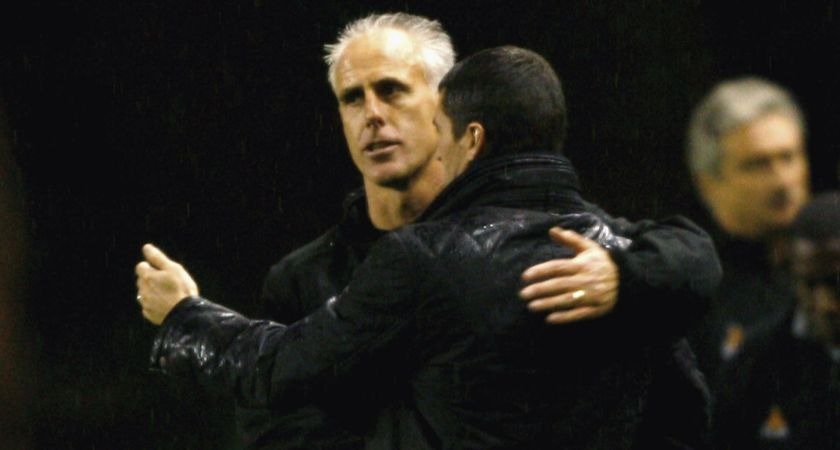
Ultimately fans will never know, but it's the constant "What ifs" that will ring out into eternity.
Keane and McCarthy did at least settle their difference in 2007 when they met as managers of Sunderland and Wolves respectively.
All it took was a simple handshake and the necessary mutual respect that came with it.
Unfortunately, it arrived five years too late for both, and for Irish football fans everywhere.

